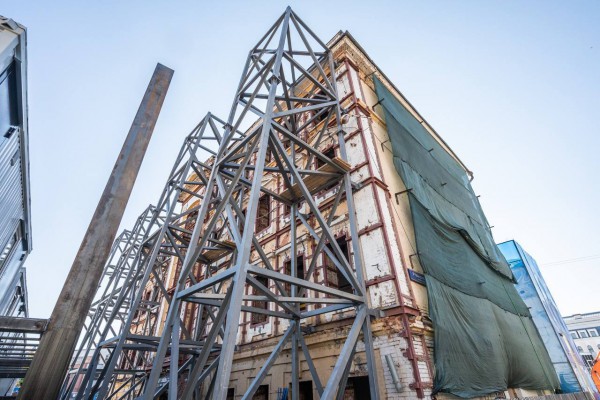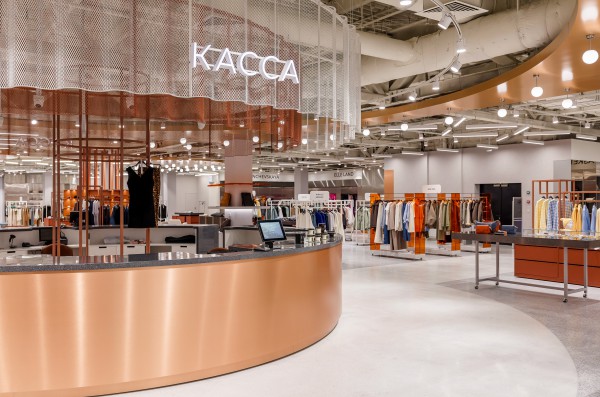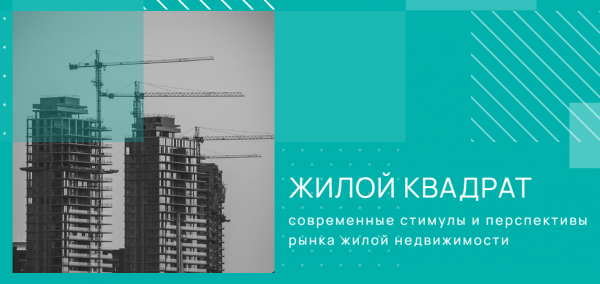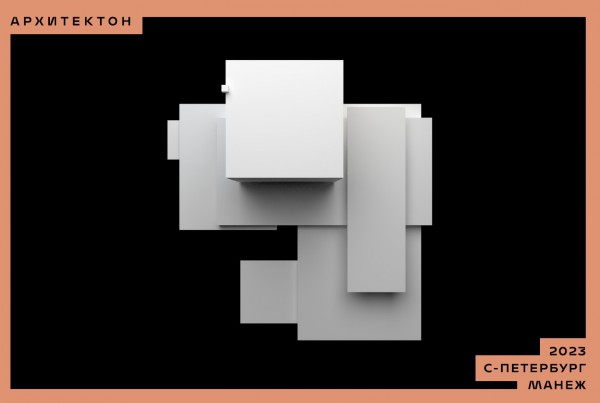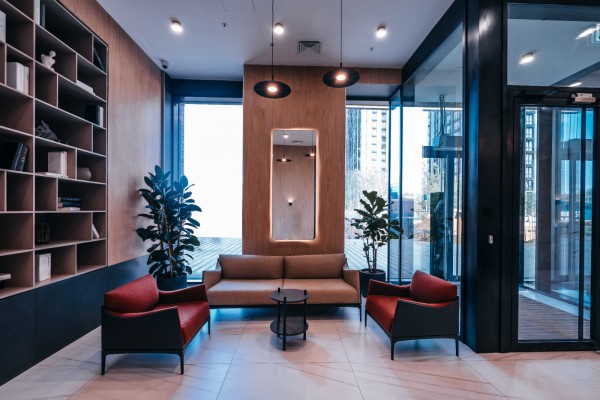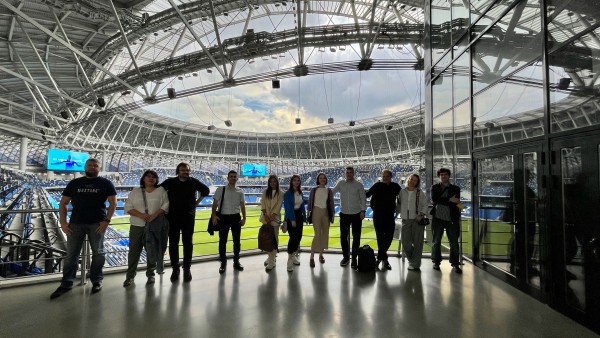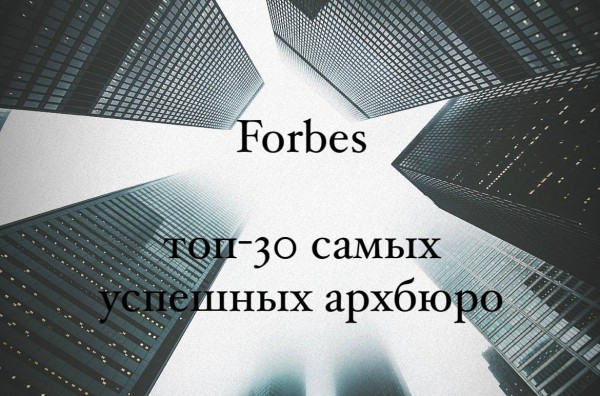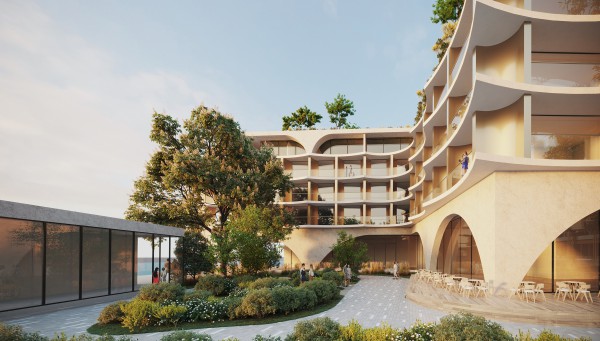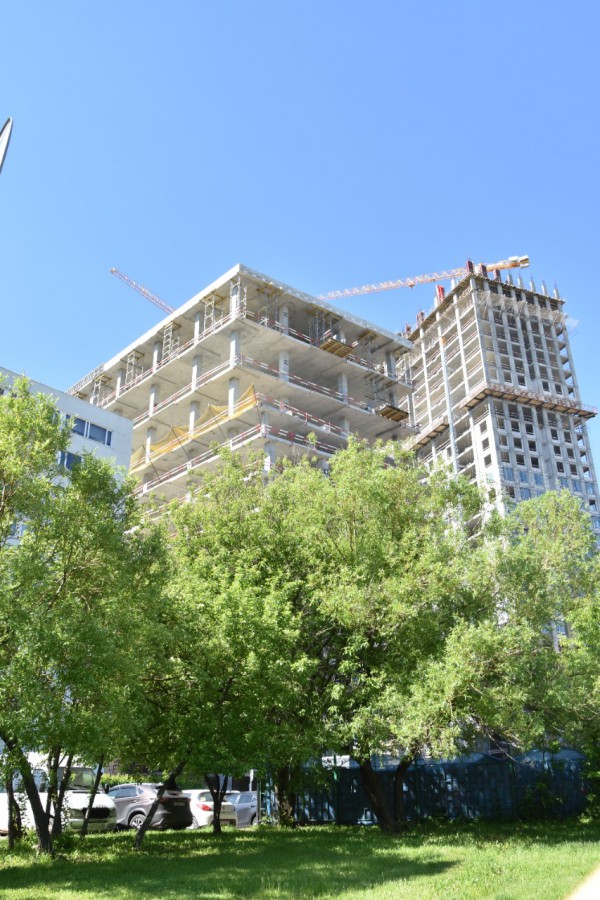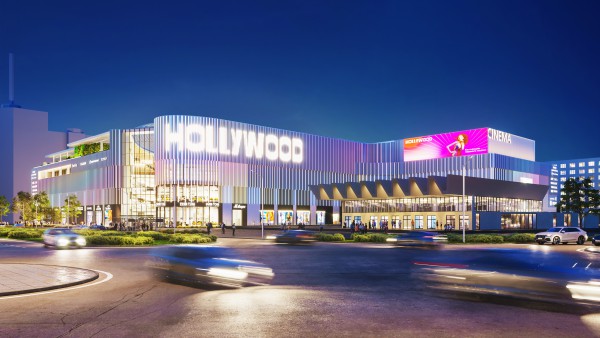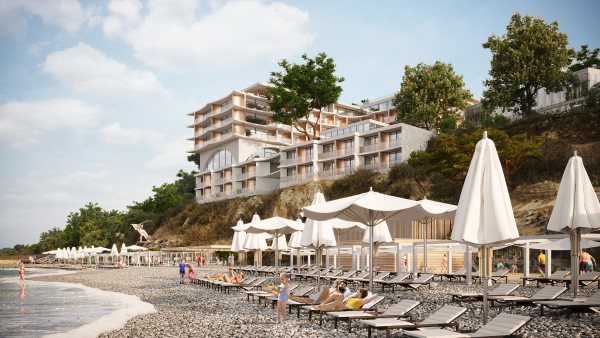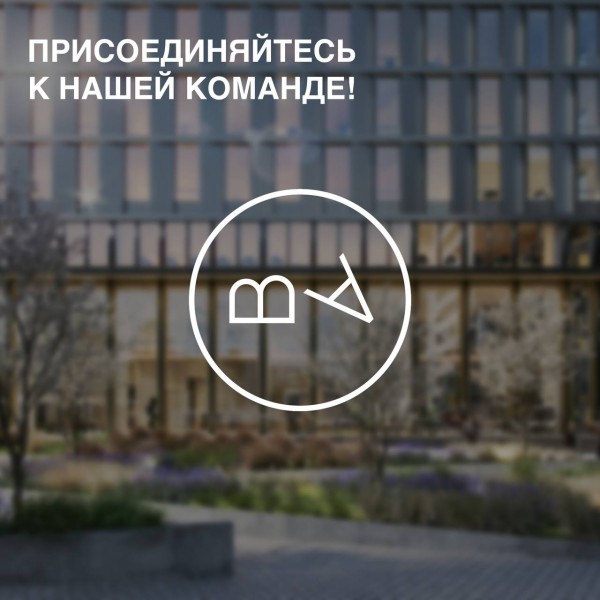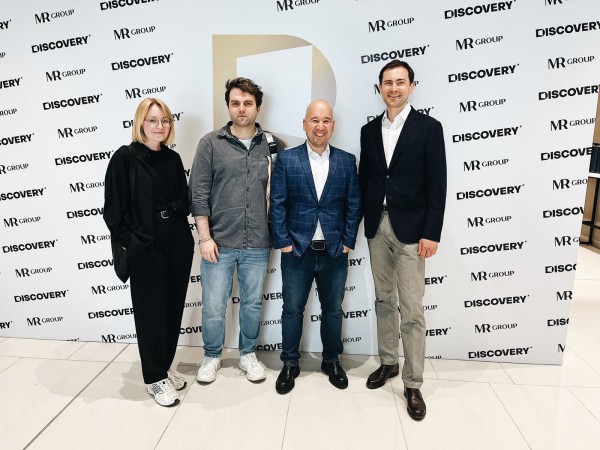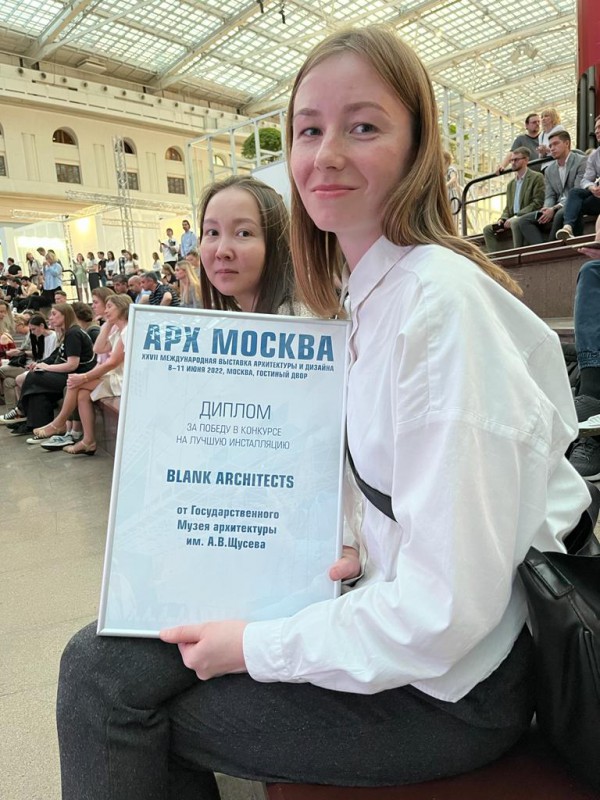— 16.11.2016
6 dimensions
This article is about how I see the way an Architect works to fufill goals and assignments. I call it the 6 dimension design. Each dimension is a challenge to be met. Each part - should be treated equally and only when combined together will they result in the proper delivery of the design.
The three basic dimensions are X, Y and Z.
Followed by:
Mechanical , Electrical Plumbing, Structure and Safety
Money, Legal frames, Timeline
Emotions
X,Y,Z
An architect is always seen as a master of space. He understands most of other people how things are shaped, how they happen. So for any architect the three basic dimensions seem easy to imagine and control. We have tools for space to be composed and presented. My point of concern is that many architects treat those tools as the architecture itself. The limitations which come from programs, paper, pencil, even 3D printers influence the imagination and tarnish ideas.
As an example, I could point to my latest 2 CAD programs that, besides their very handy role in the design process, cause a relaxiation to people . I mean the very popular Autodesk AutoCad and Revit programs. One is a 2D graphics enhancement of simple paper and pencil, the other is a 3D software where you can look through the model and see formed space.
No doubt the tools are useful. But the new technology also requires a critical approach as they bring with them certain habits, ways of solving problems, which then become common place, which leads to a lack of open mindedness is the overall look of the design. Then there is the feeling that the software can do everything for an architect, but it does not. It is just a tool same as a hammer or a rake – it is just a little more sophisticated.
So, often the graphics themselves prevail and become a bunch of lines or objects in space with no real mean ing. 3D modelling is even more risky as it pretends on the first look that if there are no object clashes – it seems to be done properly.
We have nicely drawn lines, a fine graphic is created. Then comes 3rd dimension and it occurs that the wall is standing under the beam and the passage is less than 2m. (This is also a common mistake of modelling. There is no HUMAN BEING drawn in the model – this will be the subject of the next article). The designed elements are not tested each time they are created to take into account human scale and ergonomics.
Then comes building elements like MEP systems, interior design finishing - they are all groups of points in space that need to be located with no collision – which means again: checking.
All of the above leads to one important issue. Each line is in fact checked further by reality. Each misrepresentation is a collision that stops construction and costs additional money. The money that the person who made the mistake has to pay.
The aim of this part is to bring your attention to the fact that software is nothing more than a tool and a smart architect never uses software to create something – he uses his head.
Mechanical, Electrical Plumbing, Structure and Safety (Fire, Earthquake, Mass Event Safety)
Let’s assume you have designed nice shape – a cool design greets your eyes. The shape needs bones and a nervous system.
Here comes Structure and MEP systems.
An understanding of how a building is constructed is essential for an architect to bring the design from its first sketchy idea to its final on-site geometry. If you forget that we have gravity – then your ideas will be chopped down by engineers using their math. Then you will have to adapt again and again polishing brave visions to nothing but a proper design. The structure design defines “the bones” of the building. The bones help to stand the building against gravity and weather conditions. As an architect you always need to remember that all materials are not weightless and people do not fly. If you forget to define what kind of activity will be located in any part of the building - you will face additional structural elements protruding functional goal and obstructing visibility.
Typical structural elements are simple: columns, slabs, beams. An architect must be aware of preliminary sizes of the basic elements. I do not mean that it shall be defined up to 1 cm, but overall knowledge will provide no surprises. You should know by heart that it is impossible to provide a cantilever of 10 meters with a large load without any special arrangement of structural materials or geometry. A more sophisticated sense of structure includes understanding the major deflection directions, the way the concrete, steel and wood work together. And in intersecting points – where architects need to provide proper movements. Please do not forget that the building is made of materials with physical properties – and among other things temperature extension is the one which an architect should be most aware of. It is always best to consult your ideas with a trusted Structure Engineer – which may help you in developing your idea.
There is no living building without technical rooms. You must find a place for them.
MEP systems shall be treated with the same respect as structure design. Although they are more flexible, easier to shape than rough concrete, they have a much larger influence on the people inside – the guests in your building. MEP systems influence the way people feel inside your creation. They see, smell, breathe, and sweat. Sometimes they need to go to bathroom or take a shower. Sometimes they need to use built-in equipment, call a taxi or send an e-mail. You need to imagine major activities in each zone to properly describe the task for Engineers so the functionality will be provided. The MEP systems act as the nervous system of the building – they provide various types of communication between different technical facilities and end users. Architect should not only take into consideration the requirements of people, but also the basic sizes of technical rooms should be investigated. There is no living building without technical rooms. You must find a place for them.
Emergency situations (fire being the most probable scenario in a building) are always the most critical for building design. In fact most of the maximal parameters of the building are designed for emergency situations rather than day-to-day use. This means a great influence that Structure, MEP and Architecture has a great influence. You always design corridors that can bear the maximal capacity of the people who will make use of it – during normal operating conditions - you might never use them, but they will have a great impact on your idea. Therefore it is essential during the concept stage to investigate the main guidelines on evacuation and fire/earthquake compartments. There are some technical ways to compensate for formal regulations, but any Architect designing the building must be aware of limitations and possible risks to the overall geometry of the building.
Money, Legal frames, Timeline
The client’s money is something architects mostly do not want to hear about. They claim that it is a limiting factor to good ideas. For clients a good design is one will make them prestigious and a profit. The aesthetics are easy to monitor: you can see if a design is good or bad. Money is something you do not see, so you need to learn about it. You must understand the principles of the client’s approach to the investment to provide a design that is possible to erect. Each time you draw a line - it costs money. Sometimes it costs 2 dollars sometimes it costs 10 million. You always need to be aware on the price of the lines you draw. Of course not each element in particular but at least the range of prices. Then, during the design, you will not have to change a beautiful rustic façade into sandwich panels.
Understanding the budget for construction is only a part of the money issue. The other one is important as well – but very often forgotten by designers – as they come, do their work and go away. A proper approach is to participate with the Client in the estimation of the further operation costs of the building. Proper design should take into consideration further maintenance costs and expendables. The lower – the better. It is a common practice that each design is optimized and if the project is bad major changes are introduced. Of course the biggest blame is put on the leader of the project: the architect.
Besides money – it is huge challenge for the architect to investigate the legal limitations put into place by the local and general authorities and the documents provided by the client. Each of the limitations should be presented to the Client as an analysis of possible actions and protrusions to the conception of the project. Some of the restrictions – if properly handled – may be negotiated with the authorities and changed – this is a very important role of the architect to support the process and minimize the impact on the concept. While working out the design and even during the construction it is possible to optimize the influence the legal frames have on the building, but it should always be in the presence of the architect, as he is the only person to evaluate potential changes.
The architect must also look into the future. He should estimate the life expectancy and time line of the building. When the should the object be redecorated? Is the design going to be modern and good looking in 5, 10, 25, 50 years? What kind of action should the client take to keep the general idea, upgrading his investment with minor elements maintaining the original idea of the architect? Otherwise your design – although good looking will be changed into something else and your vision will vanish. This concerns not only facades but also the general functionality and materials used for construction.
Emotions
An architect creates for people. They should be his major interest. They should never pass your building without experiencing any feelings. You should use your imagination and create the emotions you would like to evoke. Try to picture yourself in your building. What do you see, where you might go, what things you might do, what behavior do you anticipate?
Change the space, change the people.
To provide a good architectural creation you need to understand how your building is going to influence people and all the surrounding area (very important when designing near or in historic buildings). In other words – how are people going to be changed by your building. You can use not only obvious measurements of impact - all the chapters above are the tools to do so. An architect has to decide on proportions of how to use them – but in my opinion all of them should be involved. It is a common mistake committed by architects to think that people should be astonished only by the geometrical layout and some lights.
Summarizing
You have many tools to provide the required effect. You may use them all at your convenience. Remember that an architect is a very trusted person. The trust is a responsibility, but gives you the power to change. Change the space, change the people. Use your brain, and do not betray this trust.
Simon Mutterskai
Moscow 16.11.06

